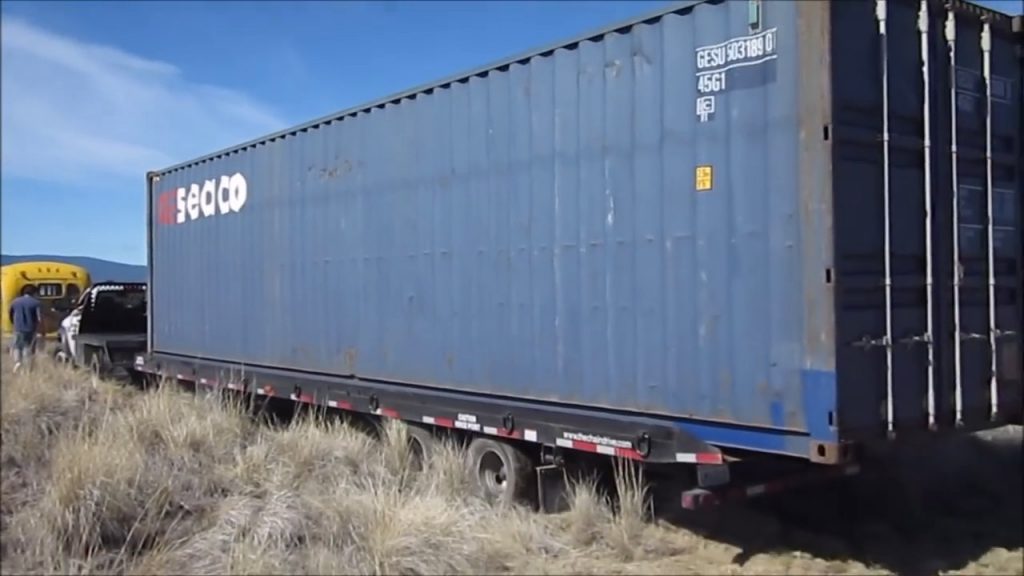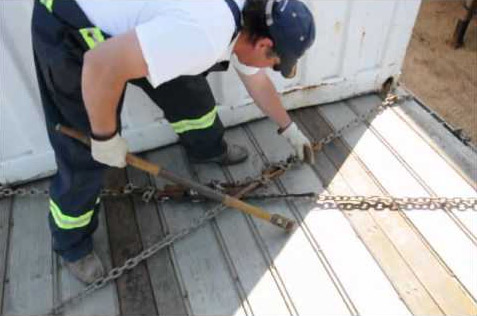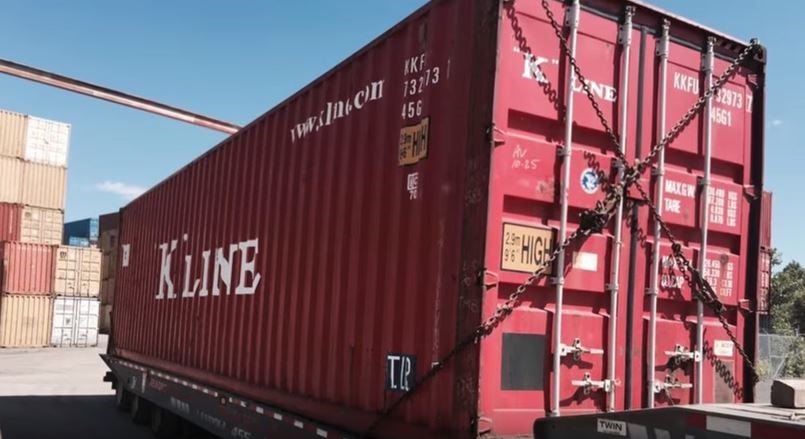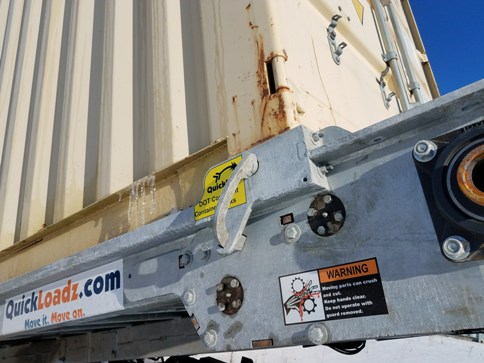I was talking to a new customer who said that they were moving an office container with a tow trailer. They had two feet hanging off the back, something they had done dozens of times before, and that they thought was perfectly legal.
It’s not.
They were almost 300 miles from home when they were pulled over because the end of the container was hanging off the back of the trailer by two feet. The company that sold them the trailer assured them that it was legal. An $11,000 fine, an out of service, a tow, a crane, and a flatbed later, and they were convinced that it was not legal. All told, they thought they had around $13,500 in costs, plus they can’t move their office containers without risking it again.

It is only legal if the container is completely empty.
Anything in the container, and certainly an office trailer or other converted container, is not considered empty. At a conference a DOT official explained it like this:
Contact Me
“If the container is empty, and by that I mean a completely empty standard container, then the container is the load. If, however, there is anything at all in the container—and this could be a carpet—the contents of the container are the load, and therefore the container has to be completely on the trailer, and secured through the corner castings.”
Here is a summary of the regulation from Securing Loaded Intermodal Containers on Non-Chassis Vehicles:
Section 3.6.3:
“All lower corners rest upon the vehicle,”
Like QuickLoadz does.
“Either chains, wire ropes, or integral devices that are fixed to all lower corners,”
Like the hydraulic corner pin locks that activate instantly by the push of a button on every QuickLoadz.
“Or crossed chains that are fixed to all upper corners,”
That sounds hard, bring a ladder.

Why can most people only move empties?
Because most people can’t comply with these regulations. Let’s look at how a simple trailer loads containers:
The winch takes up space at the front of the bed, so the container doesn’t load all the way. There’s a few feet of container hanging off the back. This container doesn’t meet the requirement that all four corners must be on the bed.

This is a properly loaded container. All four corners are on the bed and the chains are securing the container to the bed. It’s a really great way to move loaded containers if you want your employees to spend an hour in the sun, wind, rain, or snow manually winching and chaining up a container. Not to mention, with the container chained up like that, you can’t open the doors and unload it at a loading dock like you can with QuickLoadz.
QuickLoadz makes it safe and easy to be legal.
QuickLoadz dual chain drive chains pull the container all of the way onto the trailer and then lock it on with the pins through the four corner castings. The dual drive chains then push the container off of the trailer so no part of the container ever needs to hang off of the back of the trailer. This makes moving not only empty containers fast, safe, and easy, but allows you to move loaded sea shipping containers legally.

With this ability to move loaded containers you open up an entirely new business line. A lot of companies have tow trailers to move empties, but with QuickLoadz, you can move loaded containers, and charge accordingly. The only other options are cranes at both end—pretty expensive and difficult to coordinate.
In summary:
- With QuickLoadz you take a 20 minute long, difficult, dangerous job involving straps, chains, and lots of dragging things around and turn it into 3 minutes of pushing buttons on your cell phone.
- With QuickLoadz you don’t run the risk of a huge fine for illegally moving a container with part of it hanging off of the back of the trailer.
- With QuickLoadz you open up an entirely new, lucrative line of business in moving loaded containers. Shoot, maybe when one of your competitors gets hit for moving office containers illegally, you can offer them your services.
